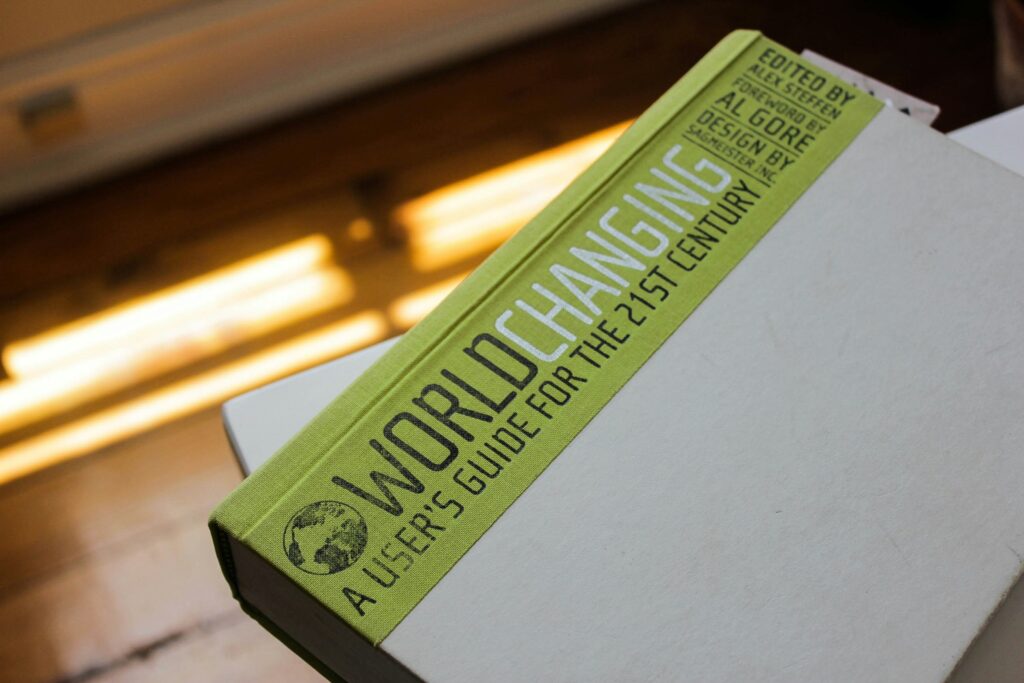Riddle Types: A Guide to Different Kinds of Riddles
Riddles come in many shapes and forms, each offering a unique challenge and requiring different types of thinking. From simple wordplay to complex logic puzzles, riddles have been designed to test our minds and entertain us for centuries. In this blog, we will explore the different types of riddles, providing examples and insights into what makes each type distinct. Whether you’re a riddle enthusiast or a newcomer looking to sharpen your skills, this guide will help you understand the fascinating world of riddles.
1. Enigmas
Enigmas are riddles that rely on metaphorical or allegorical language, requiring the solver to think abstractly and interpret hidden meanings. These riddles often describe something in a roundabout way, using poetic language or symbolism to obscure the answer. Enigmas are some of the oldest forms of riddles, found in ancient texts and literature.
Example:“I speak without a mouth and hear without ears. I have no body, but I come alive with wind. What am I?”
Answer: An echo.
Enigmas challenge the solver to look beyond the literal words and consider what they might represent. They often play with the dual meanings of words or use vivid imagery to create a sense of mystery.
2. Conundrums
Conundrums are riddles that play on words and require clever thinking or a pun to solve. They often involve a question that seems straightforward but has a twist in the answer. Conundrums are known for their humor and are often used in jokes or as light-hearted puzzles.
Example:“What has keys but can’t open locks?”
Answer: A piano.
Conundrums rely on double meanings and wordplay, making them fun and engaging. They are a great way to test your language skills and enjoy a good laugh.
3. Lateral Thinking Puzzles
Lateral thinking puzzles, also known as “situation puzzles,” are riddles that require the solver to think outside the box and approach the problem from an unconventional angle. These riddles often present a scenario with limited information, and the solver must ask yes-or-no questions to uncover the full story.
Example:“A man walks into a bar, orders a glass of water, and the bartender pulls out a gun. The man thanks the bartender and leaves. Why?”
Answer: The man had hiccups. The bartender scared him to stop the hiccups.
Lateral thinking puzzles challenge the solver to abandon traditional logic and consider alternative explanations. They are great for encouraging creativity and developing problem-solving skills.
4. Logic Puzzles
Logic puzzles are riddles that require deductive reasoning and careful analysis to solve. These riddles often involve a series of statements or conditions that must be logically pieced together to find the answer. Logic puzzles are common in mathematics and are used to teach critical thinking skills.
Example:“You have three boxes. One contains only apples, one contains only oranges, and one contains both apples and oranges. All three are labeled incorrectly. You can open one box and take out one piece of fruit without looking inside. How can you correctly label all the boxes?”
Answer: Open the box labeled “apples and oranges.” Since all labels are incorrect, this box must contain either only apples or only oranges. Suppose you find an apple. Then, label this box “apples.” The box labeled “oranges” must then contain both fruits, and the box labeled “apples” must contain only oranges.
Logic puzzles require careful thought and attention to detail, making them ideal for sharpening analytical skills.
5. Visual Riddles
Visual riddles are puzzles that rely on images or visual patterns to convey the riddle. These riddles often challenge the solver to find hidden objects, identify patterns, or solve visual sequences. Visual riddles are great for testing observational skills and are commonly found in puzzle books and games.
Example: A picture shows several objects, but there is a hidden object or detail that doesn’t belong. The riddle is to identify the outlier.
Visual riddles encourage the solver to pay attention to details and think spatially. They are excellent for developing visual perception and cognitive skills.
6. Mathematical Riddles
Mathematical riddles are puzzles that involve numbers and mathematical concepts. These riddles challenge the solver to apply arithmetic, geometry, or algebraic reasoning to find the solution. Mathematical riddles are popular in educational settings, as they help develop numeracy and logical reasoning.
Example:“If you have a 3-gallon jug and a 5-gallon jug, how can you measure exactly 4 gallons of water?”
Answer: Fill the 5-gallon jug and pour it into the 3-gallon jug until the 3-gallon jug is full. This leaves 2 gallons in the 5-gallon jug. Empty the 3-gallon jug, then pour the remaining 2 gallons from the 5-gallon jug into the 3-gallon jug. Fill the 5-gallon jug again and pour it into the 3-gallon jug until the 3-gallon jug is full, leaving exactly 4 gallons in the 5-gallon jug.
Mathematical riddles are great for practicing problem-solving and logical thinking in a fun and engaging way.
Conclusion
Riddles come in many forms, each offering a unique challenge and requiring different types of thinking. Whether you enjoy the poetic language of enigmas, the humor of conundrums, or the precision of logic puzzles, there is a riddle type for everyone. By exploring and solving different kinds of riddles, you can sharpen your mind, improve your problem-solving skills, and have a lot of fun in the process. So, next time you’re looking for a mental workout or a fun activity to share with friends, try out some riddles and see how many you can solve!


